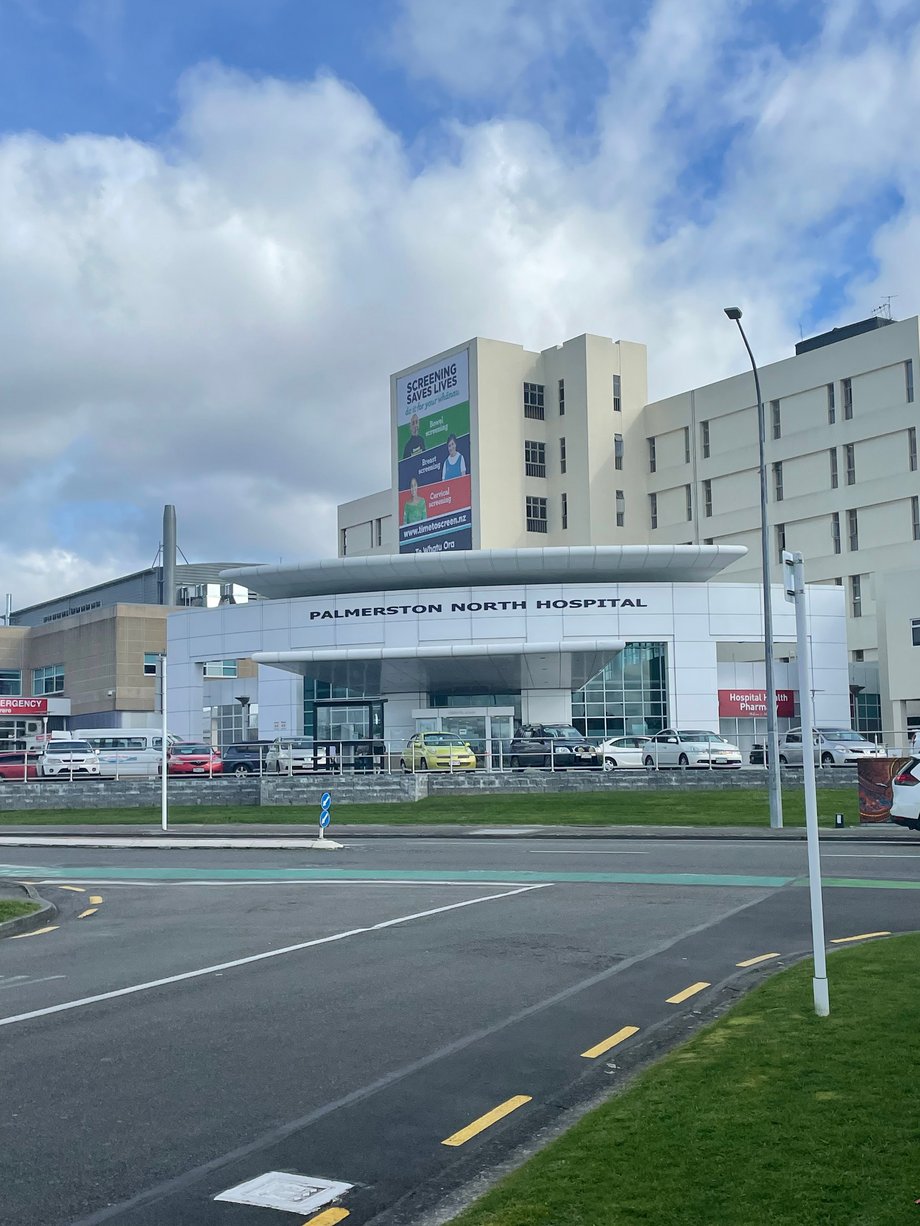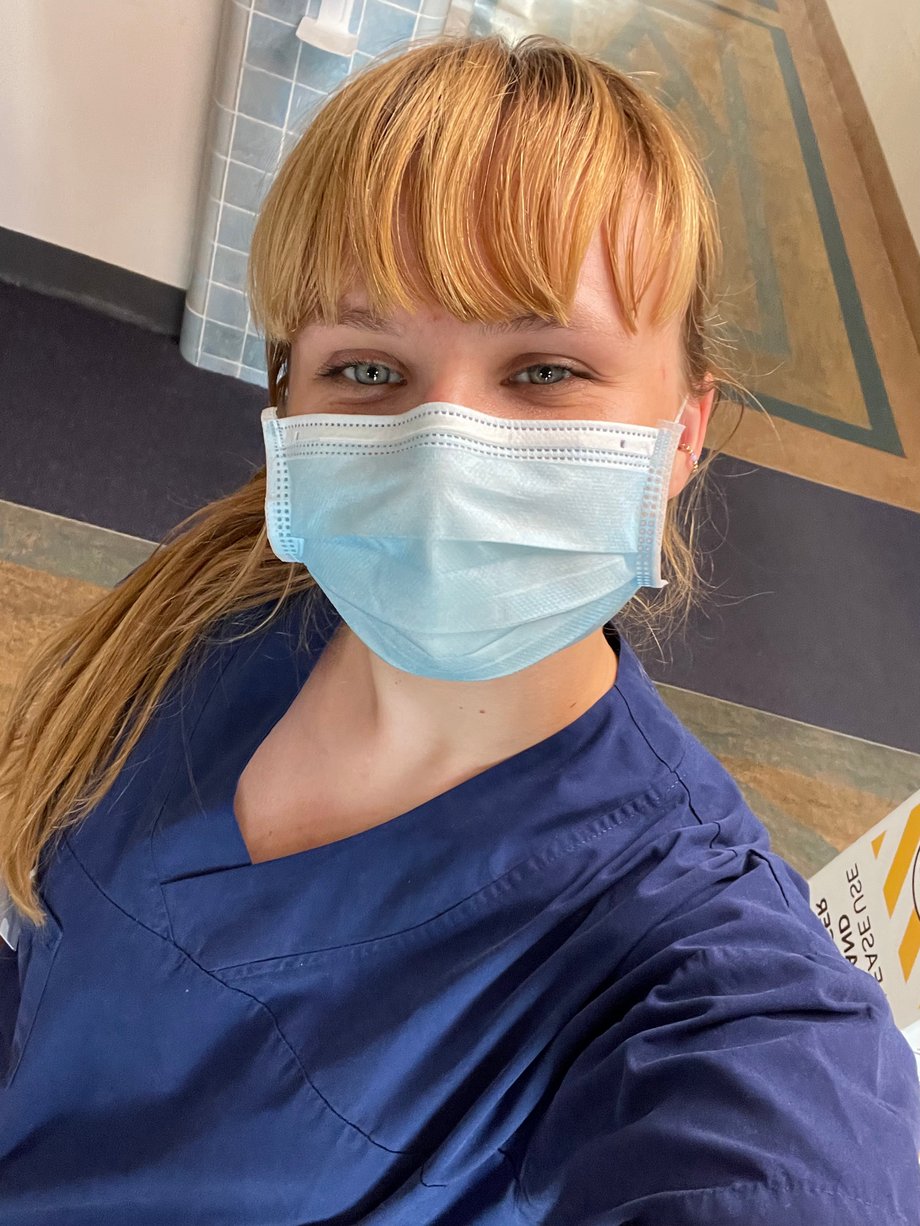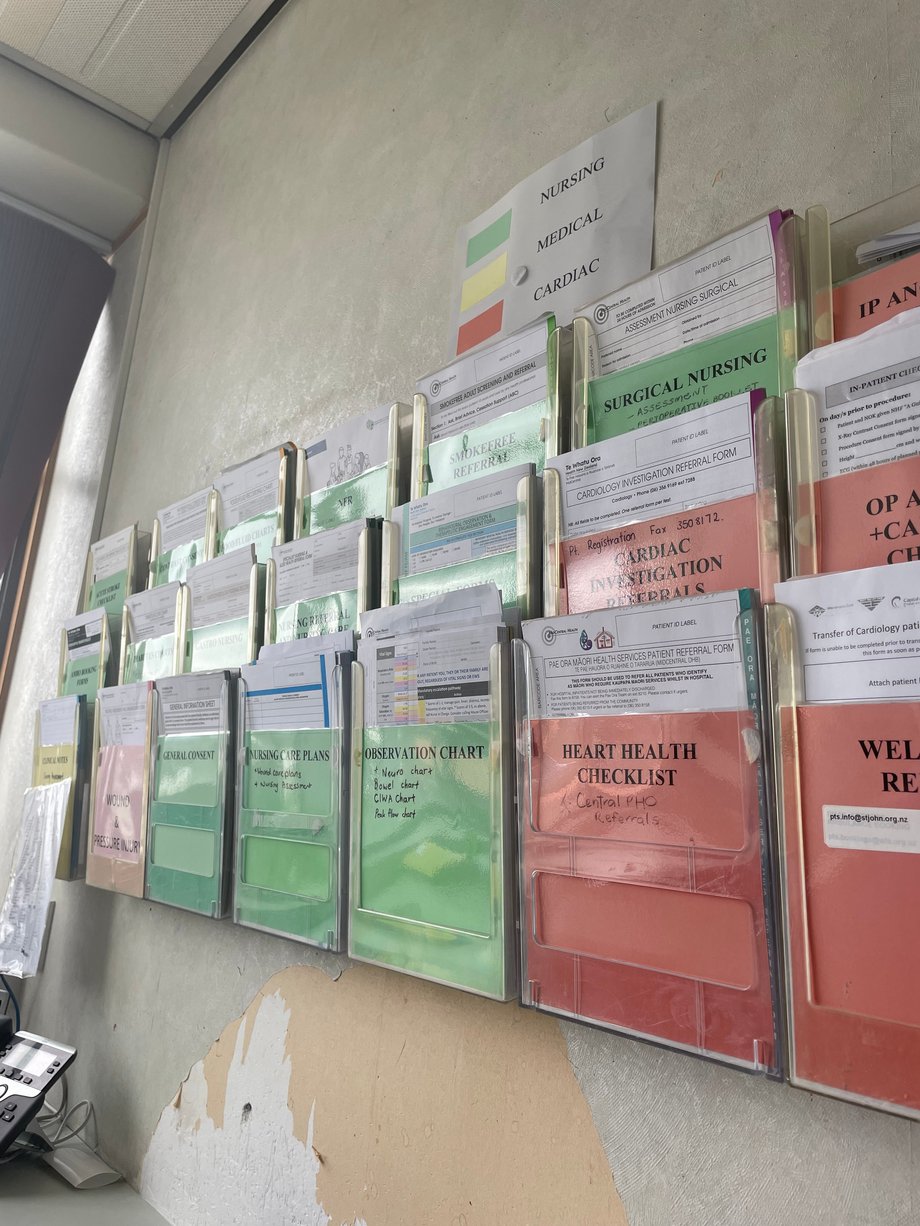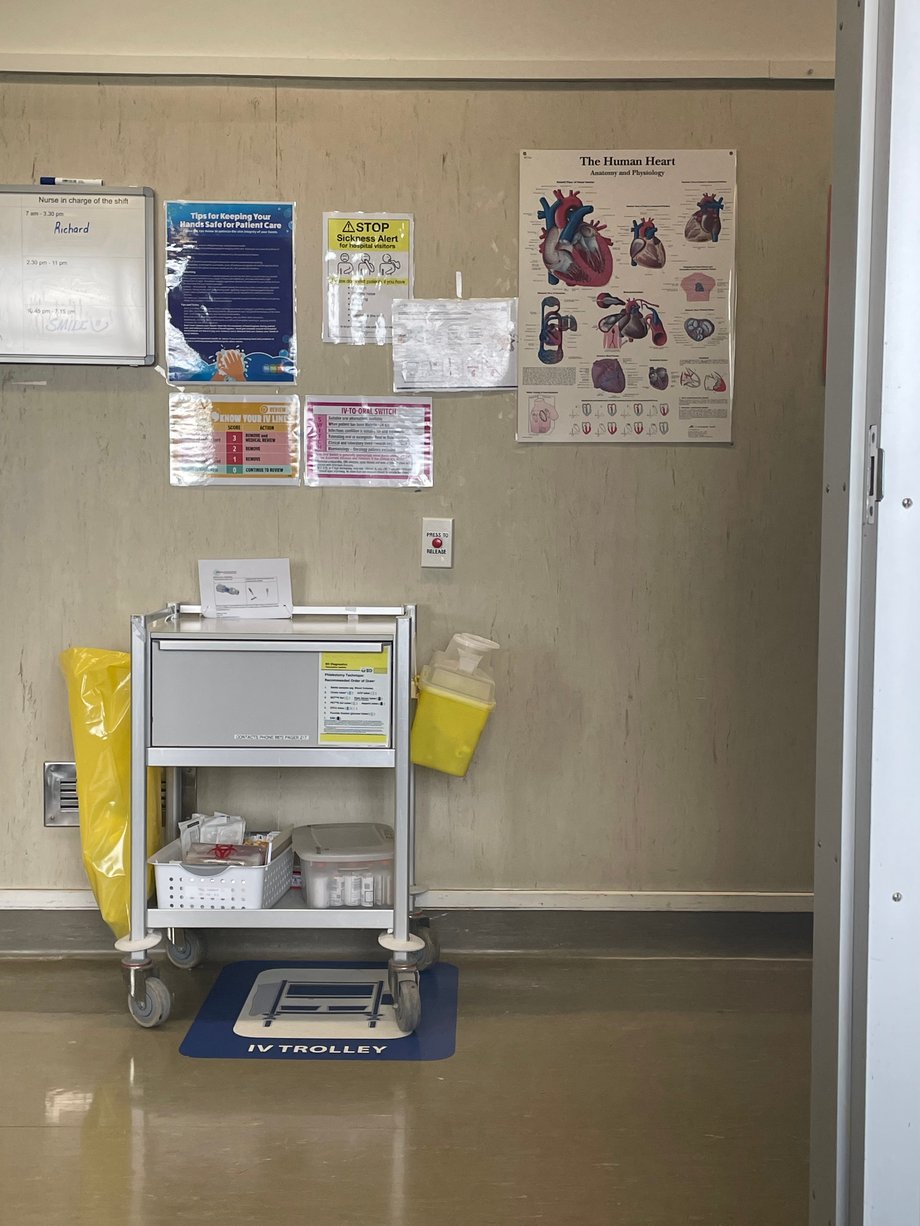
ERASMUS macht's möglich!
Erfahrungsberichte
Palmerston North Hosptial August - September 2023




During my time in New Zealand, I want to further develop my awareness, knowledge and self-development as a student nurse during my clinical placement experience 07.08.2023 – 08.09.2023 in the Coronary Care/High Dependency Unit at MidCentral Palmerston North Hospital in New Zealand. Within five weeks, I had a big insight into the wide cardiological field.
The Coronary Care/High Dependency Unit (CCU/HDU) is responsible for patients requiring a high level of specialised care. These conditions range from acute respiratory failure to myocardial infarction to highly surgical/medically dependent patients requiring highly skilled care. The CCU/HDU layout consists of a six-bed unit with a centrally located nursing station. Each bed space is independent of the others and has cardiac monitoring set up. Ward 28 is a graded cardiac care unit that also accommodates patients with various medical conditions. The ward is divided into three four-bed rooms and two single rooms that can be used individually for patients. Furthermore, Ward 28/CCU/HDU nursing staff are an essential part of the emergency call out team within the hospital grounds.
For the first week of my clinical placement, I only observed the nurse I’m assigned to and got in touch with the ward routine. On ward 28, one nurse is usually responsible for 4-5 patients for the shift. After handing over the patients from the previous shift, you introduce yourself to the patients and check oxygen, infusion, suction and equipment in working order. Also review medication charts to ensure no omissions. In the following, you make your plan of care for the shift. This includes planning the preparation of medications to administer at appropriate times, taking vital signs and blood sugar levels, changing dressings when needed and assisting with personal hygiene. Ensure that everything is documented till the end of the shift. You also attend doctors ward routines and discuss the plan of care for the patient with the medical staff. Furthermore, you assure patients to be nil by mouth for medical procedures if it’s required and accompany them to these. These includes e.g. CT, MRI or X-ray but also Angiography or permanent Pacemaker.
Already on the first day, I could notice many differences to Germany. For example, in New Zealand the medication is administered via a security checked drug room. You can only enter it with a qualified ID card. In Germany on some wards, they aren’t even locked with a key. What I also noticed is, that each nurse prepares the medication for their patients itself. In german hospitals this is provided by the night shift for the whole next day. This means that the medications are already prepared and only needs to be handed out by the next duties. Moreover, in Germany we don’t use pagers in the hospitals and also don’t have a Medical Emergency Team (MET) to alert and call
medical staff for help when a patient’s vital signs have fallen outside set criteria. We would call for doctor and start with the standard procedures for emergency care with the help of the ward staff. Besides, the layout of the patient rooms is also different in Germany. We often only have 2-3 patients each room. But this depends very much on the ward itself. We also don’t have curtains in the patient's rooms and the rooms are
smaller than the once I saw in New Zealand.
During my stay on ward 28, I came into touch with a variety of medical conditions. These contain angina (including stable and unstable angina), NSTEMI and STEMI, chronic heart failure but also Pneumonia, respiratory diseases and pacemaker malfunctions. My tasks during my shift often include checking the vital signs of the patients, measuring the blood sugar level, mobilise patients e.g. to the bathroom and document the work done. In addition, there were also the occasion in preparing infusions and injections or taking ECGs. I also had the chance to observe a coronary angiography. In this procedure you’re taken x-ray pictures of the coronary arteries. These pictures show the location of any narrowing or blockage that may be stopping blood from flowing easily to the heart muscle. For this diagnostic a catheter gets inserted into the radial artery and carefully guided to the coronary arteries. A series of x-rays are taken as a contrast fluid flows through the blood vessels, allowing to highlight the doctor any narrowing areas.
In conclusion, I had an amazing time on ward 28 and was very happy to work there. This was a big opportunity to become acquainted with another health system and how nursing care is provided in an overseas country. Besides, I could apply my theoretical knowledge to practice, expanded my knowledge base and advanced my nursing skills. I really enjoyed my practical training at MidCentral Palmerston North Hospital in New Zealand.
